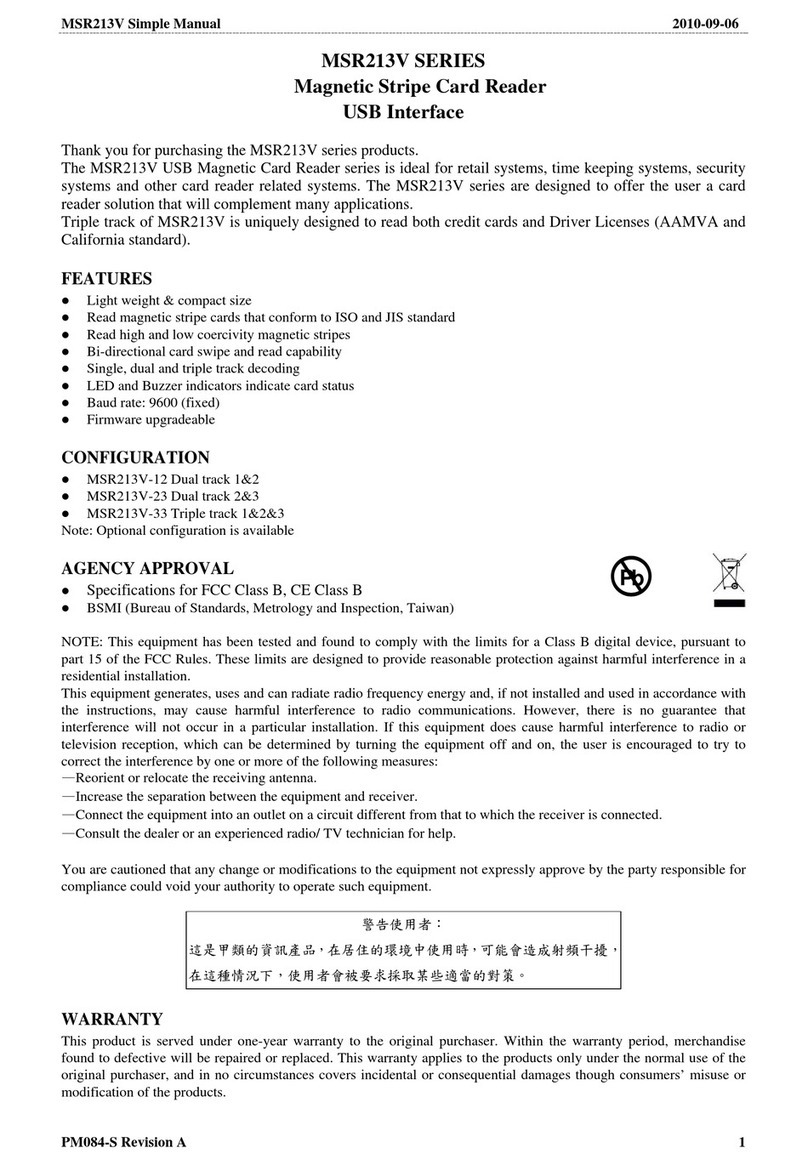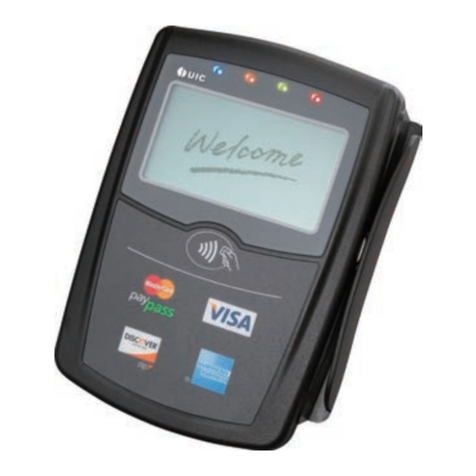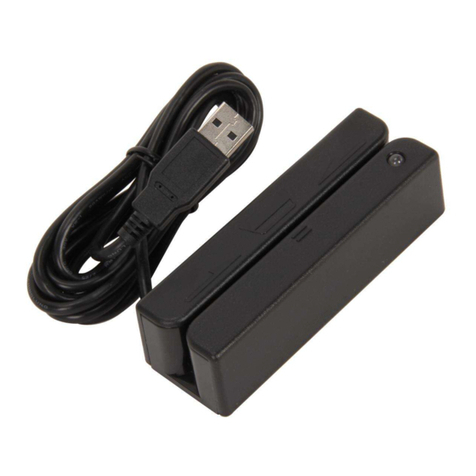UIC680 Programmer’s Manual UDN PM063-U Rev. 4
IV
72 (3732H) or 92 (3932H) – Reader Model Number Report................................................ 4-2
73 (3733H) or 93 (3933H) – Reader PCB Number Report..................................................4-2
77 (3737H) or 97 (3937H) – Reader Configuration Data Report .........................................4-3
78 (3738H) or 98 (3938H) – Reader Customer Configuration Data Report.........................4-3
79 (3739H) or 99 (3939H) – Reader Manufacturing Configuration Data Report .................4-3
9 (39H) – Version Report......................................................................................................4-4
? (3FH) – Select Verbose Responses Command ................................................................4-4
$ (24H) – Reader Status Request ........................................................................................4-4
L (4CH) – LED ON................................................................................................................4-5
l (6CH) – LED OFF...............................................................................................................4-5
( (28H) – LED Flash..............................................................................................................4-5
# (23H) – Configuration Request..........................................................................................4-5
<DC2> (12H) – RS232 pass through enable .......................................................................4-6
<CAN> (18H) – Clear Data Buffer........................................................................................4-6
<7FH> – Warm Reset...........................................................................................................4-6
<09H> – Configuration Setting.............................................................................................4-6
P (50H) – Arm to Read ......................................................................................................... 4-6
p (70H) – Arm to Read (Used for Manufacturing Test Only).................................................4-7
<ESC> (1BH) – Abort Arm to Read......................................................................................4-7
Q (51H) – Transmit Track 1 data..........................................................................................4-7
R (52H) – Transmit Track 2 data ..........................................................................................4-7
S (53H) – Transmit Track 3 data...........................................................................................4-7
H (48H) – Self-ARM function disable/enable........................................................................4-7
4.3 Contactless Card Operation Command Description ..................................... 4-9
G (47H) – ISO14443 type protocol select ............................................................................ 4-9
O (4FH) – Antenna power ON..............................................................................................4-9
o (6FH) – Antenna power OFF.............................................................................................4-9
b (62H) – Request................................................................................................................4-9
c (63H) – Anticollision(type A)/Slot-Marker(type B)............................................................4-10
f (66H) – Select(type A)/Attrib(type B)................................................................................4-10
g (67H) – Mifare classical card authentication (Support Mifare classical card only).......... 4-11
h (68H) – Mifare classical card read block (Support Mifare classical card only)................ 4-11
i (69H) – Mifare classical card write block (Support Mifare classical card only) ................4-12
t (74H) – Mifare Value Operation (Support Mifare classical card only)..............................4-12
X (58H) – Mifare classical card activation ..........................................................................4-13
x (78H) – Card halt.............................................................................................................4-13
J (4AH) – Activate PICC cpu card ......................................................................................4-14
j (6AH) – Load Mifare key (Support Mifare classical card only).........................................4-14
y (79H) – Send DESELECT command...............................................................................4-14
Z (5AH) – I/O to contactless CPU card with APDU format.................................................4-14


































